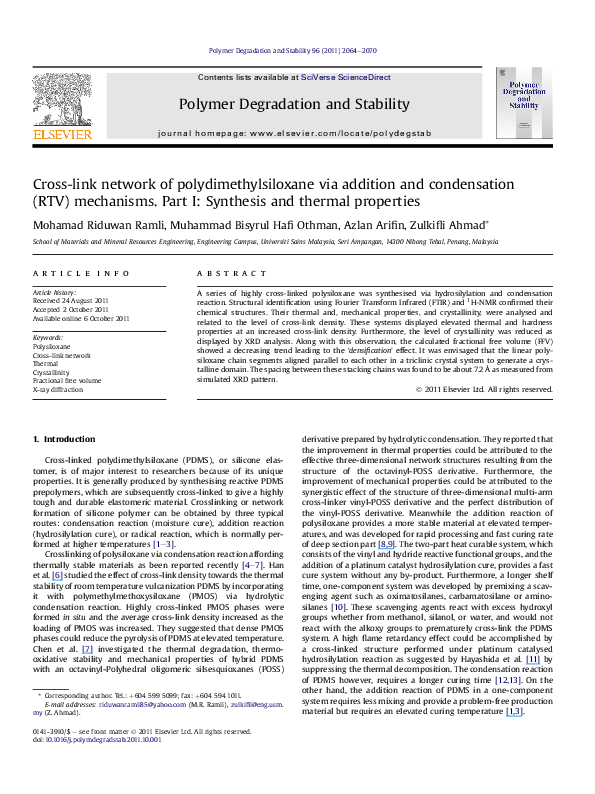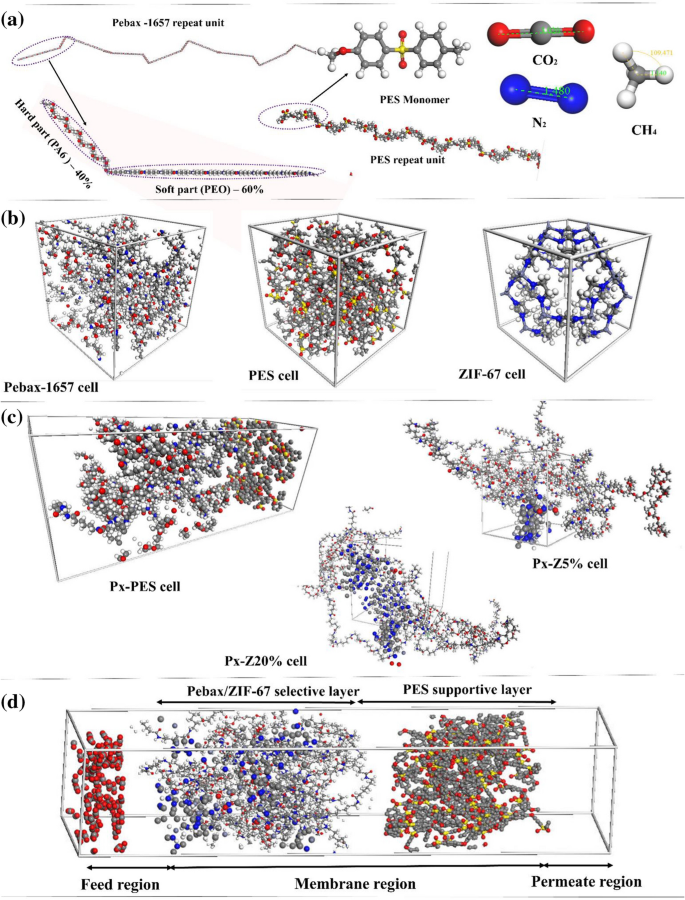
Hermansson Development and validation of a ReaxFF reactive force field for Cu cation/water interactions and copper metal/metal oxide/metal hydroxide condensed phases Journal of Physical Chemistry A 2010, 114, 9507-9514 This forcefield is an extension of: A.C.T.Doren Development of a ReaxFF Reactive Force Field for Aqueous Chloride and Copper Chloride J. The Boron and Nitrogen parameters are based on (but not identical to) the parameters used in Weismiller et al, JPC-A 2010.This force field was used in Castro et al, Combustion and Flame 2011

#MATERIALS STUDIO PDMS DIFFUSIVITY OXYGEN FULL#
The ground state structure was obtained through full geometry optimization.

Goddard Development of interatomic ReaxFF potentials for Au-S-C-H systems Journal of Physical Chemistry C 115, (2011), 10315-10322 Jacob Development of a ReaxFF description of gold oxides and initial application to cold welding of partially oxidized gold surfaces Journal of Materials Chemistry 20, (2010), 10431-10437 The original Au-Au parameters were extended by three publications:.van Duin Reactive forcefield for simulating gold surfaces and nanoparticles Physical Review B (2010) 81, 235404-1/235404-8 The training set was extended with reaction barriers for key reaction steps such as H2 release from AB, dimerization of H2B-NH2 and reaction energies associated with H2 release from AB and with AB oxidation.These data were used to derive the initial ReaxFF angular parameters. The training set was then extended with QM data describing angular distortions in a set of small AB-related (AB H3N-BH3) molecules.These data were used to derive initial ReaxFF bond parameters, and all calculations were performed using DFT with the B3LYP functional and the Pople 6-311G** basis set. QM data were generated describing the single and (if relevant) double and triple bond dissociation for all B/N/O/H combinations.Yetter ReaxFF Reactive Force Field Development and Applications for Molecular Dynamics Simulations of Ammonia Borane Dehydrogenation and Combustion J. The major difference between these two branches is in the O/H parameters, where the combustionīranch focuses on accurately describing water as a gas-phase molecule, and the water branch is Intra-transferable with one another: (1) the combustion branch and (2) the aqueous (water) branch. There are currently two major groupings (i.e., the ReaxFF branches) of parameter sets that are Just use it (save it in a text file, and select it in AMSinput via the Other… option). So if you have the force field information from somewhere else you can The force field files used by the SCM version of ReaxFF are compatible with those used by the Please see the full manuscripts for more detailed information. See also Included force fields (development version)ĭisclaimer: Using these forcefields for systems they have not been explicitly trained against


 0 kommentar(er)
0 kommentar(er)
